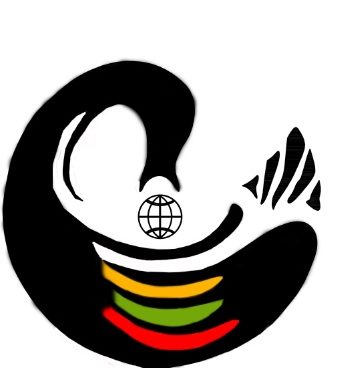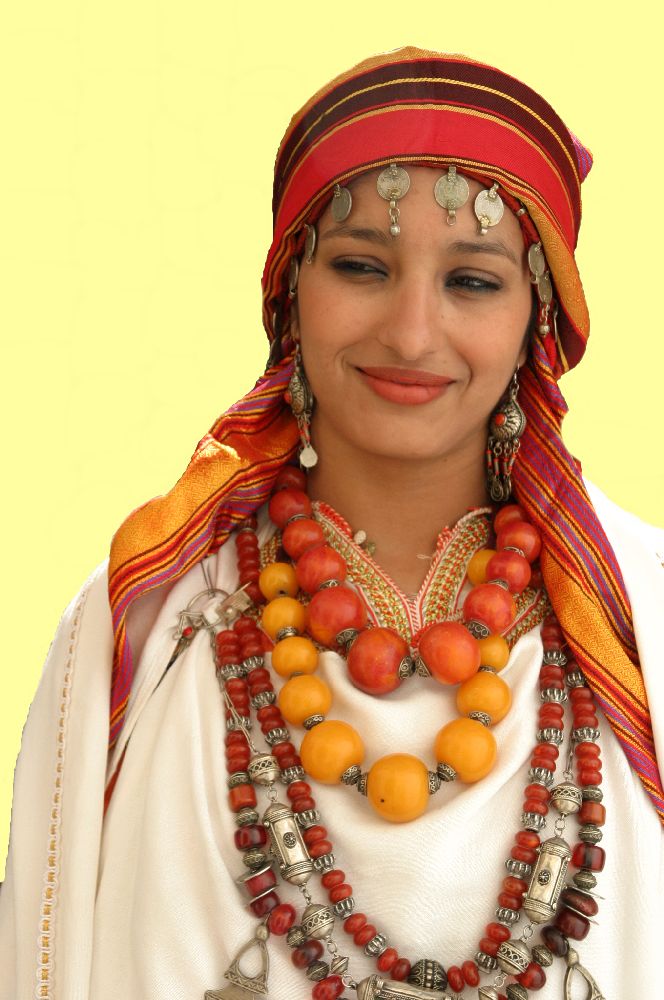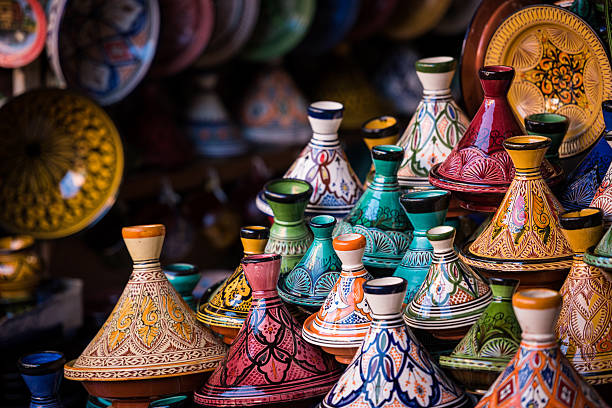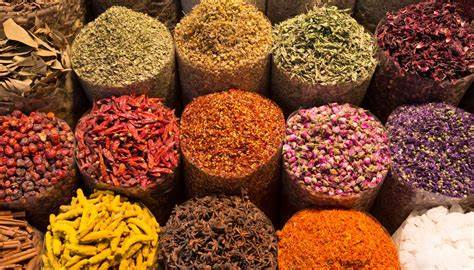Morocco is a mountainous country located in western North Africa that lies directly across the Strait of Gibraltar from Spain. Morocco has been subject to extensive migration and has long been the location of urban communities that were originally settled by peoples from outside the region. Morocco’s largest city and major Atlantic Ocean port is Casablanca, an industrial and commercial center. The capital, Rabat, lies a short distance to the north on the Atlantic coast. Other port cities include Tangier, on the Strait of Gibraltar, Agadir, on the Atlantic, and Al-Hoceïma, on the Mediterranean Sea. Morocco borders Algeria to the east and southeast, Western Sahara to the south, the Atlantic Ocean to the west, and the Mediterranean Sea to the north. It is the only African country with coastal exposure to both the Atlantic Ocean and the Mediterranean Sea. Its area—excluding the territory of Western Sahara, which Morocco controls—is slightly larger than the U.S. state of California. Morocco is composed mainly of Arabs and Imazighen or an admixture of the two. Sizable numbers of Imazighen live mainly in the country’s mountainous regions—long areas of refuge for them where they can preserve their language and culture. Trade and slavery brought a significant population of sub-Saharan Africans to Morocco, and their descendants now live mainly in the southern areas and in the larger cities. Jews formed a fairly large minority until the mid-20th century, when, in the aftermath of the foundation of Israel and the start of the Arab-Israeli conflict, many felt compelled to leave the country; most emigrated to Israel, Europe, and South and North America. Arabic, one of the national and official languages of Morocco, is spoken by two-thirds of the population, and Modern Standard Arabic is taught in schools. The Amazigh language, known as Tamazight, became an official language in 2011. Islam is the official state religion, and the vast majority of Moroccans are Sunni Muslims of the Mālikī ceremony. The royal house, the ʿAlawite dynasty, has ruled since the 17th century basing its claim to legitimacy on descent from the Prophet Muhammad. The royal family is respected by Moroccan Muslims because of its prophetic lineage. As is true in many former African colonies, the Moroccan economy remains heavily dependent on the export of raw materials. In a normal year Morocco produces two-thirds of the grains (mainly wheat, barley, and corn) needed for domestic consumption. The country exports citrus fruits and early vegetables to the European market; its wine industry is developed, and production of commercial crops (cotton, sugarcane, sugar beets, and sunflowers) is expanding. Livestock raising, particularly sheep and cattle, is widespread. Morocco fills its own meat requirements and is also attempting to become self-sufficient in dairy products. The area that is now Morocco has long been a crossroads between Europe, sub-Saharan Africa, and the Middle East, and diverse cultural and ethnic groups have migrated through the region and left their mark on it. Beginning in the 8th century, indigenous Amazigh culture was met with waves of Arab conquerors and travelers who brought with them the Islamic faith and the powerful influence of Arabic language and culture. Social life for most Moroccans still centres on home and family. The sidewalk café is a favorite gathering place for men, and watching a football (soccer) match on television in the local café is a popular form of entertainment.
Things to Do:
Visit the Yves Saint Laurent Museum
Visit Bahia Palace
Visit the Caves of Hercules
Visit Musee de la Kasbah






